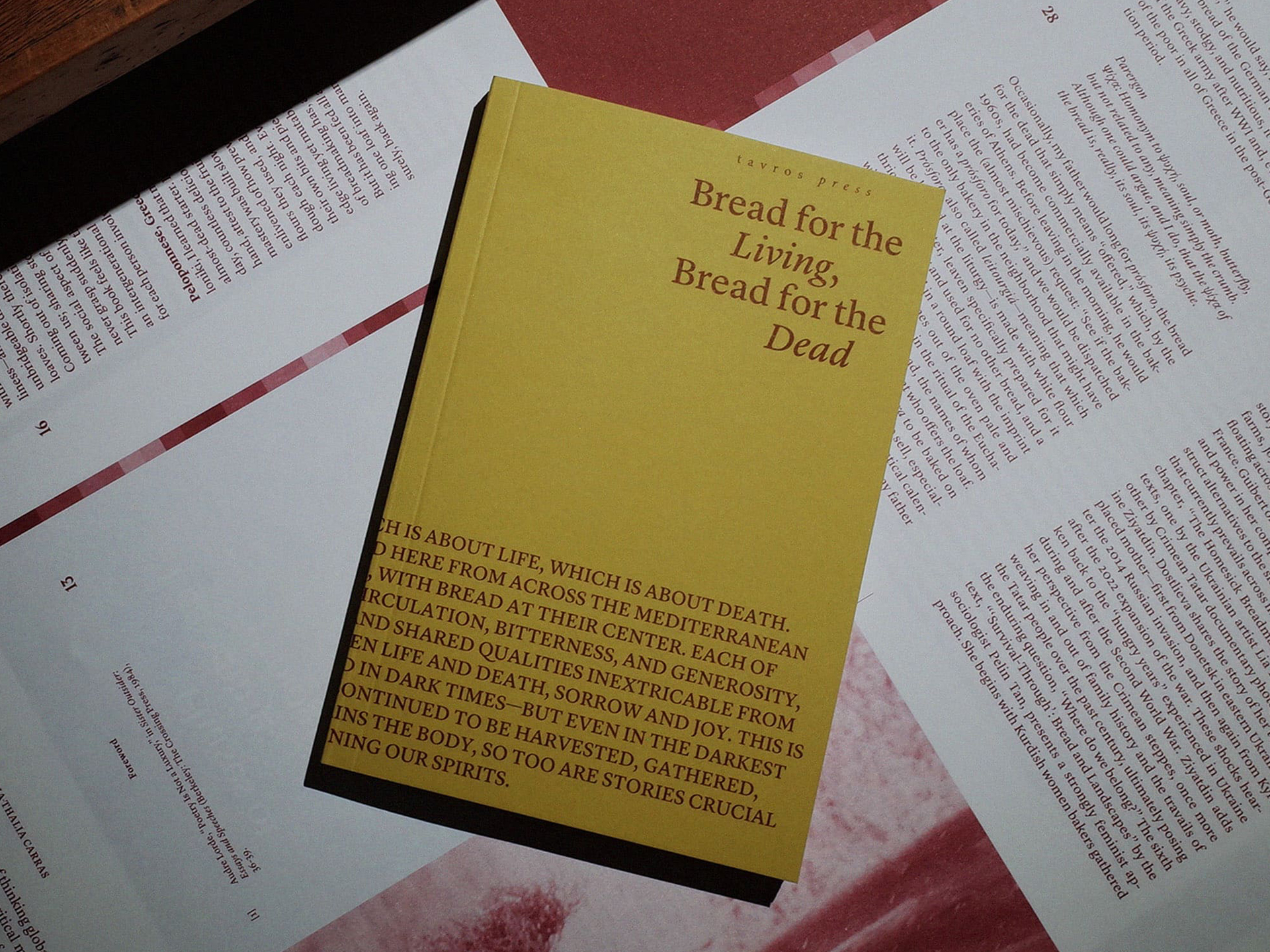Greece After War – English Edition
€44.00
SOLD OUT
My first visit to Greece was in the summer of 1954. Ten years had passed since the end of the Nazi occupation of Greece and five years since the end of the Civil War. The Nazi occupation had brought unspeakable horrors to Greece, and reconstruction efforts were then delayed by the Civil War.
I was aware of the tragic events of the war through the extraordinary publication presented by the architect Constantine Doxiadis: “The Sacrifices of Greece in the Second World War”. It methodically and graphically detailed both the economic and human losses. The Greece I first saw was characterized by extreme poverty. It was visible everywhere. Often when one discussed with a Greek the beauty of his country it would be followed by a “yes, but very poor,” and he would illustrate the point by rubbing his thumb and forefinger together.
The Nazis, as they retreated from Greece, left the country with unimaginable losses to housing, transportation, livestock, agriculture and human life. Starvation had been used by the occupiers as a cruel weapon. Foodstuffs were requisitioned, and the resulting shortages were extreme, especially in urban centers. People had died of hunger by thousands in the streets of Athens.
Family and business savings were completely destroyed by the dramatic inflation created by Nazi money printing. This is illustrated by the price of gold, which went from 5,000 drachmas an ounce before the war to 870,000,000,000,000 (yes, trillion) drachmas at the end. […]
Yet in our travels in those years, from Epiros to Crete, from Pylos to Rhodes, we found constant surprise and delight in the cheerfulness, warmth, and generous hospitality of people who had lived through the nightmarish suffering and deprivation of the war and its aftermath. (Robert A. McCabe, “From Devastation to Recovery”)
ID:74514/0000
Details
Specs
Dimensions: 22 x 27.5 cm


